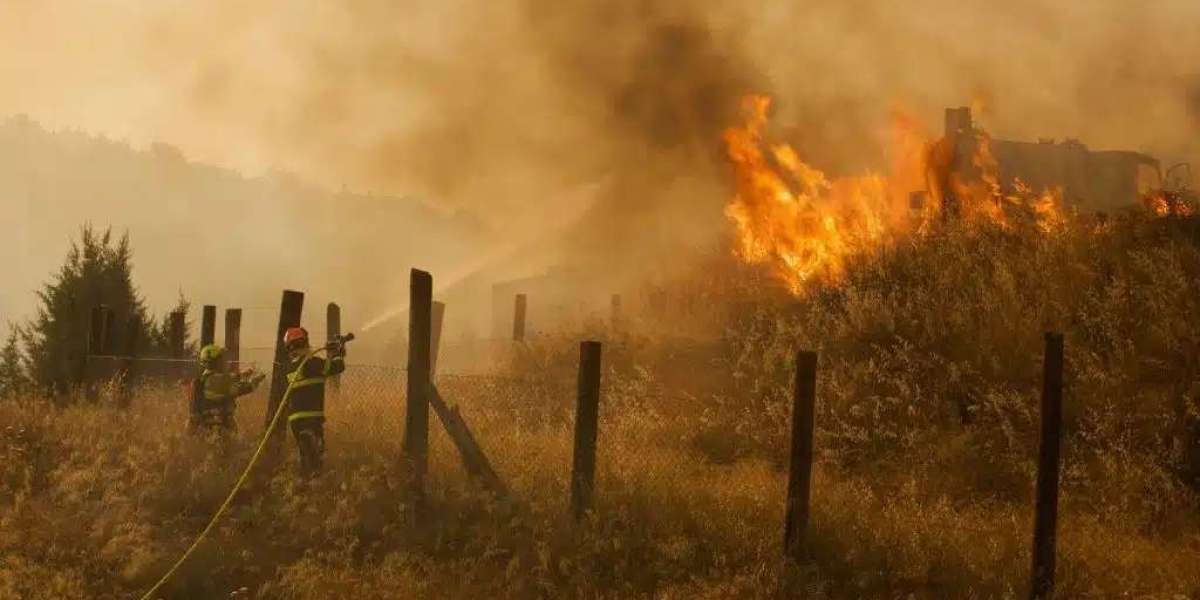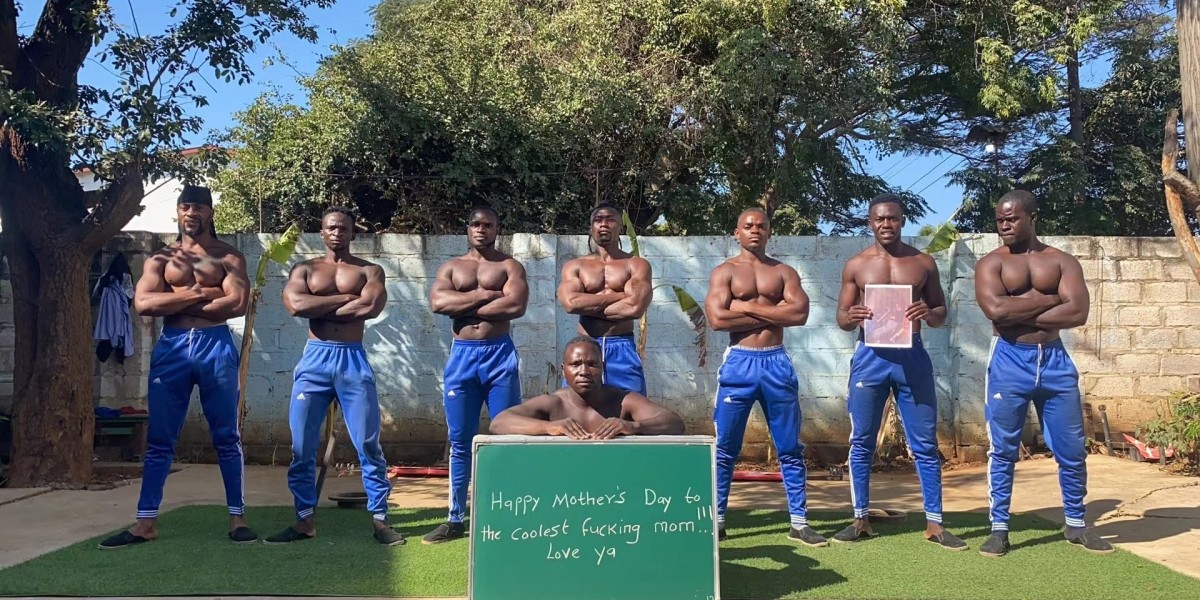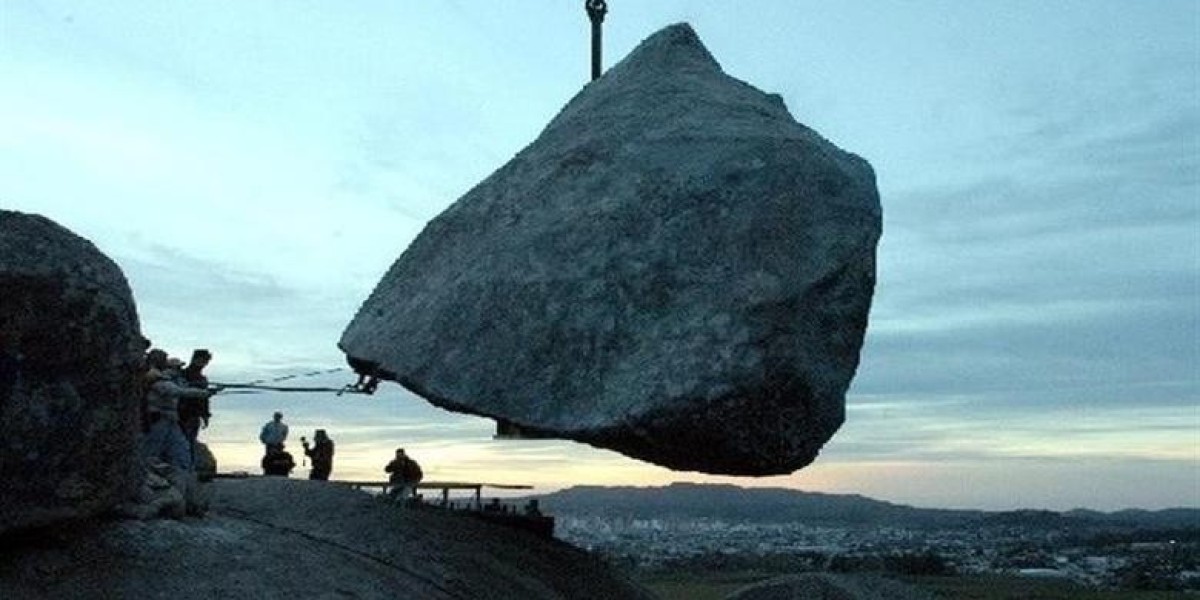article image source: earth.org (link)
Spain is counting the economic and environmental cost of a brutal summer wildfire season, with rural communities, farmers, and tourism-dependent regions bearing the brunt.
A Season of Destruction
In north-western Spain, near the Portuguese border, lightning strikes sparked wildfires that tore through more than 20,000 hectares of land in August alone. Honey producer José Antonio Bruña, who narrowly avoided losing his 1,500 beehives, described the month as “a nightmare.” Though his hives were spared, the surrounding flora was devastated, severely impacting future honey yields. Some flowering plants critical for bee foraging may take up to three years to return.
Farmers across regions like Castilla y León, Galicia, and Extremadura have experienced major disruptions, forced to evacuate livestock and in some cases euthanize severely burned animals. Cow farmer Fernando García reported losing 30 cattle and noted that beyond the economic damage, the mental toll was significant. “We can't sleep at night,” he said, referencing the constant fear of fresh fires.
Soaring Costs and Insurance Pressures
While insurance is expected to cover some of the damage, premiums are likely to rise significantly. “If it cost €5,000 this year, it could be €15,000 next year,” García warned. The national farmers’ association COAG estimates wildfire-related damages to agriculture at €600 million, including the destruction of fields, animal deaths, and lost equipment like tracking antennas.
Discussions are ongoing between farmer representatives and regional authorities over the scale of financial support required for recovery.
advertisement
Tourism Hit Hard
The fires also dealt a blow to Spain’s tourism industry, which contributes about 13% to national GDP. While coastal resorts were largely spared, inland areas popular for rural tourism—such as Sanabria Lake and parts of Cádiz—were significantly affected. Entire holiday villages were evacuated, and bookings plummeted.
In Galende, near Sanabria Lake, occupancy dropped from full capacity to just 10% overnight after the fire forced closures. Local business owner Óscar David García López, who operates lakeside restaurants, estimates his losses at €80,000. Government compensation? Just €5,500—an amount he calls “laughable.”
"Empty Spain" Left Vulnerable
This crisis has reignited long-standing frustrations in rural regions often referred to as la España vacía (“empty Spain”). As 90% of the Spanish population now lives in just 30% of the territory, rural areas are left with aging infrastructure, limited services, and fewer resources to combat disasters like wildfires.
Local resident Miguel Ángel García Diéguez voiced a sentiment shared by many: “Farmers already struggle with high costs for feed and fuel—and now we have to face this too.”
Thank you !









